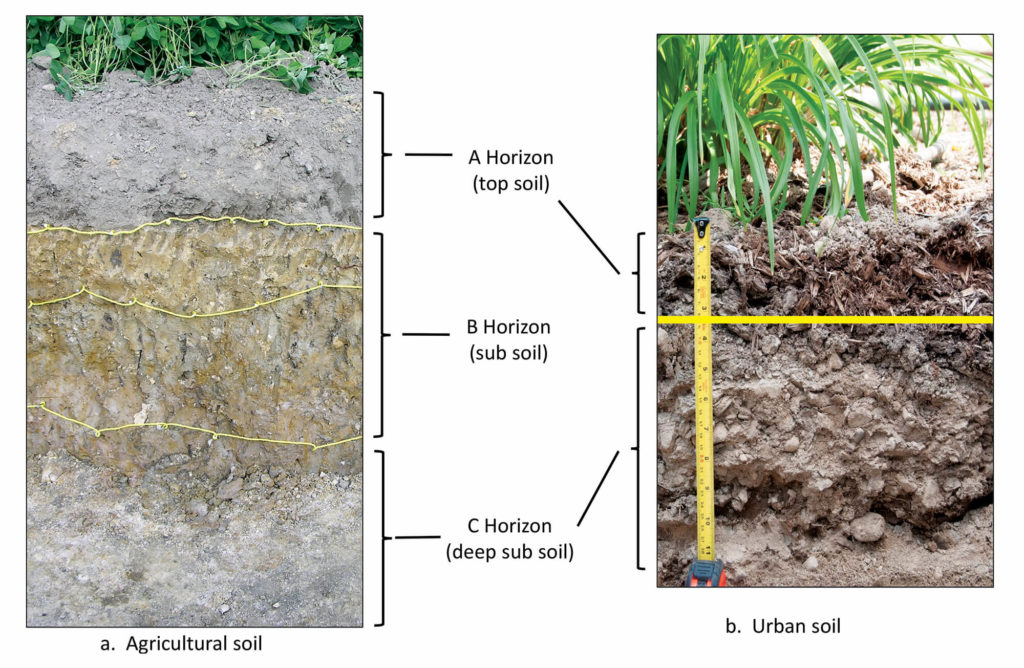24 Jan I’m an Old House and My Guts are Leaking – Water Intrusion into Basements and its Sources
In this post you will find: Discussion of home water intrusion problems in older houses, and their most likely sources.
My beloved Italian greyhound Giorgio is already 15 years old and is dripping. Well, it was time to get help even if we have no health insurance for him. It’s going to be costly, so what? He is a family member, and the first one this has happened to.
This is not the subject of this article though. It’s about another beloved one, which always gets more attention than anyone else. It’s not about the wife, husband, kid, or even the grandparents. This article is about your house, which began leaking and something needs to be done with it.
It’s not leaking from the roof because you took care of it 5 years ago. There are new windows installed 2 years ago… so what is going on? The house is leaking from its guts, but the plumber said all the pipes are fine. You may be saying “It’s trickling water into the basement we just remodeled. We can’t find where it is coming from. We pulled out the soaked carpet and pad, but still couldn’t find the source. What the heck?”
How many times have we at Wet Basement Services heard a story like that? Several hundred per every rainy season. This is just one of the many possible scenarios. It usually happens when a house is older than 40. Sound familiar? Truly some water leakage shows up in that age of the house, and there is a reason for it. It is called a “footing drain”, which after four decades of hard work is becoming slowly plugged up. One or two decades more, or maybe some recent multi-level building construction nearby, and it becomes obsolete. I’m always astounded that these types of drains even lasted that long. Let me explain why.
It’s nothing epiphanic in noticing that in old neighborhoods houses are smaller and usually on pretty sizable lots compared to today’s standards. Their concrete foundation’s intrusions into the local hydrology were reasonable. The disturbance to local soil type profiles was something these soils could handle reasonably well. The footing drains which contain clay or concrete water tiles, in the form of short pipes about 4” in diameter stuck together to create a channel, worked pretty well. Their role was to desaturate soil under a footing to protect footings and concrete stem walls from breaking and collapsing. Additionally, water could flow into the pipes, relieving the soil profiles from potentially dangerous hydrostatic pressure attacking the footing and walls causing water seepage into basements. The system worked. Clay tiles were usually surrounded by gravel but were not protected from small soil particles or sometimes plant roots getting inside of them. The nature of the surrounding soils was not disturbed too much so they could retain a lot of water coming from rain and rising water table.
There was another aspect that intruded footing drains – gutters, which were connected to them. There was a positive and negative aspect to this connection. With some clean water coming from the gutters, footing drains could be washed of some soil particles, which entered there. But what if some bad stuff is coming into them like leaves, pine needles, or debris from the roof? Eventually, this may contribute to clogging. When this happens, they have a hard time carrying even a small amount of water. Instead of desaturating soil where they are, they contribute to its saturation. Well, where does the water released from a saturated profile have to go? Hydrostatic pressure is building up trying to find any possible venue to release itself. It’s looking for weak points and usually it finds them in cracks or cold joints of foundations. Water is suddenly there, and it is going to stay there. What to do then is another subject of my blog. Well, it is my livelihood as a matter of fact.
Imagine the underground world of soils, rock and water. I’m not implying studying Dante or Greek mythology. Let’s leave these particular metaphysical realms aside. Let’s stick to the science of water behavior in soil profiles and the living environment there. Sounds not too complicated? Well taking under consideration 4 billion different species of microbes living there and 22 thousand different soil classifications available, sounds pretty reasonable. No, it doesn’t.
But our developers and city planners made sure that this ecosystem is destroyed as much as possible. The new wave of destroyers came to help them in the last couple of decades. Are you curious who they are? You and me, and them. Homeowners who demanded bigger houses, because we can afford them. Bigger houses, bigger driveways to show our limousines, bigger patios of our “home resort living” and tiny planting areas to be maintenance “free”. I knew it from the get-go, when I graduated with a master’s in forestry and in environmental protection almost 40 years ago. Then don’t beat yourself to death – some things are never changing.

Coming back to our underground world, imagine water there: flowing in streams and springs, being held there between small particles of clay for future use, and shared among plants. Look at the harmony and beauty of the surrounding mountains or the tranquility of wetlands. I must admit that we are finally getting to our senses realizing what we “accomplished”, and that we are finding ways of tempering our atavistic urge for bigger instead of better.
So after this digression, imagine thousands and thousands of concrete dams, small and enormous being poured into this delicate hydrological and living system. How many times have I listened to our clients’ stories ensuring that they never had a problem with water intrusion for the thirty years they are in that house? I routinely asked them about new houses or condos being built nearby. They may say that the only one is that 5000 square foot house on the other side of their street, but it shouldn’t have much impact on them. They may mention some apartment complex a mile from the residence. Maybe more than a mile, so that most likely is not something, which may create their recent problem with water. Maybe it is, or I’m almost certain it is, but what can they do about it? Not much.

With all what I described above there is still hope to help your old house to overcome these issues. There is still hope for my Giorgio to get better. Just like I saw on a big billboard recently “Fear is contagious. So is HOPE ”. If during your reading of this post you have become aware of water intrusion problems in your own home, please feel free to call us so we can set up a free inspection to assess the problem and don’t lose hope just yet.


No Comments